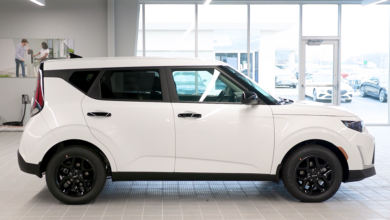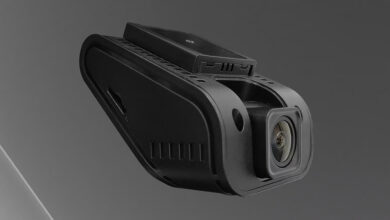The Colorado Department of Transportation (CDOT) and Panasonic Corp. of North America are building on a pilot program to begin real-world deployment of the most advanced vehicle-to-everything (V2X) environment in the country. This collaboration represents the largest shared investment in V2X technology in the U.S.
During the pilot deployment that was recently completed, CDOT and Panasonic successfully installed and tested five V2X roadside units and six V2X vehicle onboard units and established a Network Operations Center to manage the overall system.
These efforts set the stage for deploying the V2X system in a real-world environment along a major Colorado highway. By the end of the year, 100 roadside units will be in place along the I-70 Mountain Corridor from Golden to Vail.
By creating this connected system—an internet of roads so to speak—drivers and traffic managers will receive real-time information about road conditions such as traffic delays, icy conditions and crashes through continuous and automatic communications between individual vehicles and roadside infrastructure. Once deployed, this system is projected to result in an 81-percent decrease in unimpaired multi-vehicle crashes, as well as more reliable travel times and, eventually, the ability to communicate with self-driving cars.
In addition to installing roadside units, more than 100 CDOT vehicles that regularly drive the I-70 Mountain Corridor will be equipped with technology that allows them to communicate information to and from the Traffic Management Center. This is all part of phase one of the program with Panasonic. The next phase will allow traffic managers to begin sending messages to connected vehicles via the roadside units, alerting drivers to upcoming roadway hazards—such as a crash or closure ahead—on in-vehicle screens.
“Car manufacturers worldwide are preparing for the future, so we must be prepared as well,” said Amy Ford, chief of advanced mobility at CDOT. “Toyota will be rolling out V2X-equipped vehicles in 2021 and Ford will have vehicles as early as 2020. When those cars roll off lots, who will have the environment for them to work in? Colorado.”
By the end of 2018, roadside units installed along the I-70 Mountain Corridor will be communicating with all V2X-equipped vehicles, providing real-time information to drivers and traffic managers. For example, drivers will receive alerts to slow down when vehicles ahead suddenly apply their brakes. If an airbag is deployed, an alert will be instantaneously sent from the vehicle to a roadside unit, so that traffic managers can immediately dispatch emergency responders and tow trucks to the exact site of the crash.
“Colorado is a global leader in creating an environment where V2X technology can thrive,” said Jarrett Wendt, executive vice president at Panasonic Corp. of North America. “Their openness to deploying new technologies in a real-world setting is an exciting and innovative approach, allowing them to attract top industry talent and private investment to the state. And most importantly, deliver on their mission to improve the safety of Colorado roadways.”
CDOT is projecting that a statewide V2X system will generate more than 2 billion safety messages per hour from vehicles. To put that in context, Twitter averages 28 million tweets per hour. Based on that, the CDOT system will be managing and processing 70-times more volume per hour than is currently processed by Twitter.
By leveraging the extensive amount of data available on road conditions—from vehicles, sensors and cameras—drivers can receive notifications about potentially unsafe driving conditions even before they begin experiencing traffic delays.



